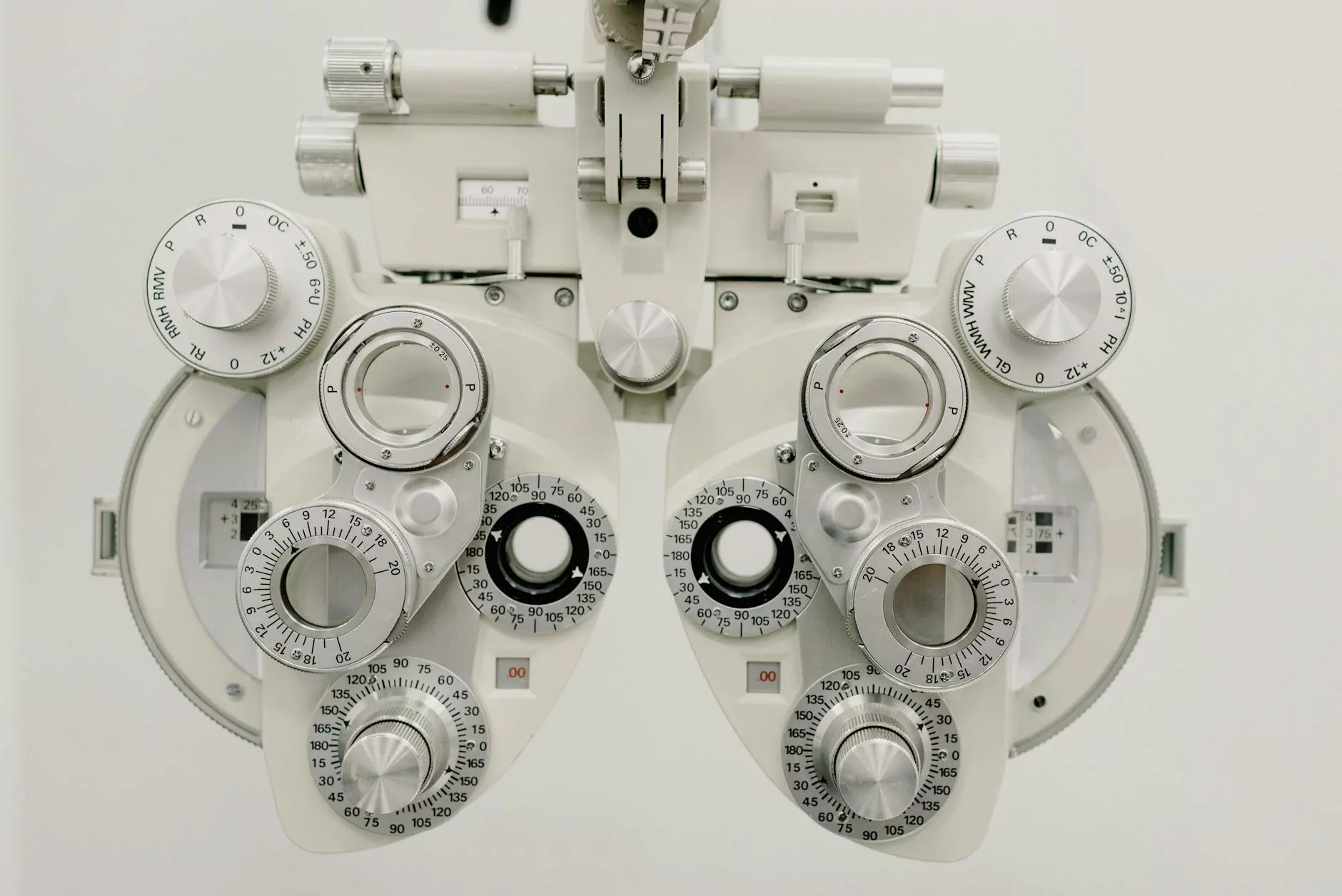Understanding Fibroid Removal Surgery

Fibroids, also known as uterine leiomyomas or myomas, are non-cancerous growths that can develop in the uterus. For many women, these fibroids may cause a range of uncomfortable symptoms, including heavy menstrual bleeding, pain, and even fertility issues. When symptoms become intolerable, fibroid removal surgery may become a necessary treatment option.
The Importance of Addressing Fibroids
Fibroids can affect a woman’s quality of life significantly. They are found in approximately 70% of women by the age of 50, yet many remain asymptomatic. However, for those who do experience symptoms, the consequences can be life-altering. The need to understand and address fibroids cannot be overstated.
What is Fibroid Removal Surgery?
Fibroid removal surgery, also known as myomectomy, is a procedure aimed at removing fibroids while preserving the uterus. This is particularly important for women who wish to maintain their fertility. In contrast, some women may require a hysterectomy, which involves the removal of the entire uterus, especially if the fibroids are large or if there are other health considerations.
Types of Fibroid Removal Surgery
Understanding the types of fibroid removal surgeries can help women make informed decisions regarding their health. The primary surgical options include:
- Myomectomy: This procedure involves the removal of fibroids while preserving the uterus. It can be performed through various methods including:
- Abdominal Myomectomy: A larger incision is made in the abdomen to access and remove the fibroids.
- Laparoscopic Myomectomy: This minimally invasive approach uses small incisions and a camera for guidance, resulting in less recovery time.
- Hysteroscopic Myomectomy: In this approach, fibroids are removed through the vagina and cervix without any abdominal incision.
- Hysterectomy: This is the complete removal of the uterus which may be recommended if the fibroids are large or if other uterine issues exist. Different types include:
- Abdominal Hysterectomy: The uterus is removed through a larger abdominal incision.
- Laparoscopic Hysterectomy: A minimally invasive option with smaller incisions.
- Vaginal Hysterectomy: The uterus is removed through the vagina.
Benefits of Fibroid Removal Surgery
Undergoing fibroid removal surgery can provide numerous benefits, including:
- Symptom Relief: Many women experience immediate relief from symptoms such as heavy bleeding and pelvic pain after surgery.
- Improved Quality of Life: The reduction of symptoms leads to an enhanced quality of life, allowing women to engage in daily activities without discomfort.
- Preserved Fertility: For women wishing to conceive, myomectomy provides a means to remove fibroids while preserving the uterus.
- Minimally Invasive Options: Laparoscopic and hysteroscopic procedures typically result in shorter recovery times and less postoperative pain.
Who Should Consider Fibroid Removal Surgery?
Women should consider fibroid removal surgery if they are experiencing significant symptoms that affect their daily lives. These symptoms may include:
- Severe pelvic pain or pressure
- Heavy or prolonged menstrual bleeding
- Frequent urination
- Difficulty emptying the bladder
- Constipation or bloating
Additionally, if a woman is planning to conceive in the future and has fibroids impacting her fertility, discussing surgical options with a healthcare professional is highly recommended.
Preparing for Fibroid Removal Surgery
Preparation for fibroid removal surgery involves several critical steps to ensure the best outcomes:
- Consultation: Schedule a consultation with a qualified health professional such as those at Dr. Seckin's clinic to discuss symptoms, potential treatments, and surgical options.
- Imaging Studies: Ultrasounds or MRIs may be performed to assess the size and location of fibroids.
- Health Assessment: A thorough medical history and physical examination will help determine the patient's overall health status.
- Preoperative Instructions: Follow any dietary restrictions or medication guidelines provided by the surgeon.
What to Expect During the Surgery
The specifics of fibroid removal surgery can vary depending on the type of procedure being performed. Generally, patients can expect the following:
- Anesthesia: Most fibroid surgeries are performed under general anesthesia, ensuring the patient is comfortable and pain-free.
- Hospital Stay: Depending on the procedure, some surgeries may be outpatient, while others may require a short hospital stay.
- Duration: The length of the surgery can vary, but most fibroid removal procedures last between 1 to 3 hours.
Recovery After Fibroid Removal Surgery
Recovery post-surgery is as crucial as the operation itself. Proper care will aid in healing and help women return to their daily routines. Key points for a smooth recovery include:
- Rest: Ensure sufficient rest to allow the body to heal.
- Follow-Up Appointments: Schedule and attend follow-up visits with your healthcare provider to monitor recovery.
- Gradual Return to Activities: Start with light activities and gradually return to normal routines as advised by the doctor.
- Watch for Complications: Be aware of symptoms that may indicate complications, such as excessive bleeding, severe pain, or fever.
Long-Term Outcomes and Considerations
The long-term outcomes of fibroid removal surgery depend on various factors, including the individual’s health, the type of surgery performed, and the presence of any additional conditions. Generally, patients can expect:
- Symptom Resolution: Most women experience resolution of symptoms post-surgery.
- Fertility Considerations: For those desiring pregnancy after myomectomy, many women go on to conceive successfully.
- Monitoring for Recurrence: In some cases, fibroids may recur, hence ongoing monitoring is essential.
Conclusion
Fibroid removal surgery stands as a beneficial option for women suffering from the adverse effects of fibroids. It is imperative to consult with qualified healthcare professionals to evaluate the most suitable treatment options tailored to individual needs. At Dr. Seckin's clinic, compassionate care and expert management ensure that women receive the highest standard of medical attention in their journey towards health and wellness.
In conclusion, understanding the complexities of fibroids and the available surgical options can empower women to make informed decisions about their health. For those dealing with symptoms of fibroids, timely intervention and appropriate surgical management can profoundly enhance quality of life and reproductive health.









